The Impossibility of Perpetual Motion Machines Explained
Written on
Chapter 1: Understanding Perpetual Motion
The concept of machines that produce more energy than they consume has fascinated thinkers throughout history. If such a machine were possible, it could potentially address many of humanity's energy challenges. However, all attempts to construct a perpetual motion machine have ultimately failed. In this article, I will explore several notable designs of perpetual motion devices and discuss the fundamental reasons that render them impossible.
Perpetual motion was first introduced in the 12th century by the Indian mathematician Bhaskara II. His innovative idea involved creating special vessels containing mercury within a rotating wheel.
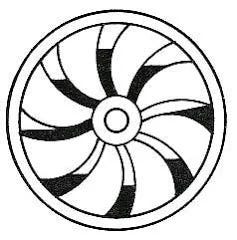
According to Bhaskara II's proposal, the mercury would continuously overflow from one side of the wheel, causing it to turn indefinitely as the weight difference kept it in motion.
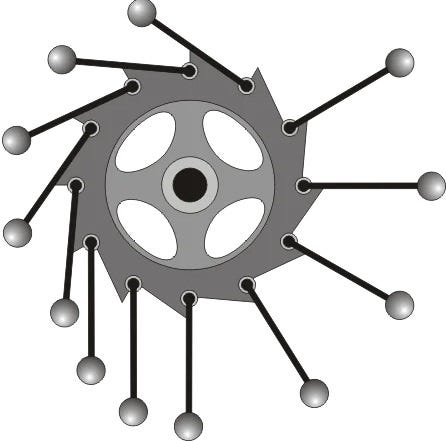
Over the years, Bhaskara II's idea has undergone numerous modifications, utilizing balls, levers, and weights, but the core principle remained unchanged: perpetual motion was envisioned through an ongoing imbalance within the wheel.
Despite these attempts, all such "perpetual motion machines" have failed. The primary issue lies in the shifting center of gravity that occurs due to the unequal weight distribution of the wheel's components, which eventually leads to the machine coming to a stop.

Another approach involves a magnetic perpetual motion machine, where a magnet supposedly lifts a metallic ball up a slope, allowing it to roll down and repeat the process infinitely. However, this concept is also unviable. There are two main issues: either the magnet fails to lift the ball, or if it does, the ball does not fall through the hole but instead gets drawn back to the magnet.
This video debunks the magnetic perpetual motion machine concept, showcasing why it cannot function as intended.
Recently, various versions of the magnetic perpetual motion machine have surfaced on platforms like YouTube. Some designs feature metal pieces on fan blades that seem to rotate rapidly when a magnet approaches.
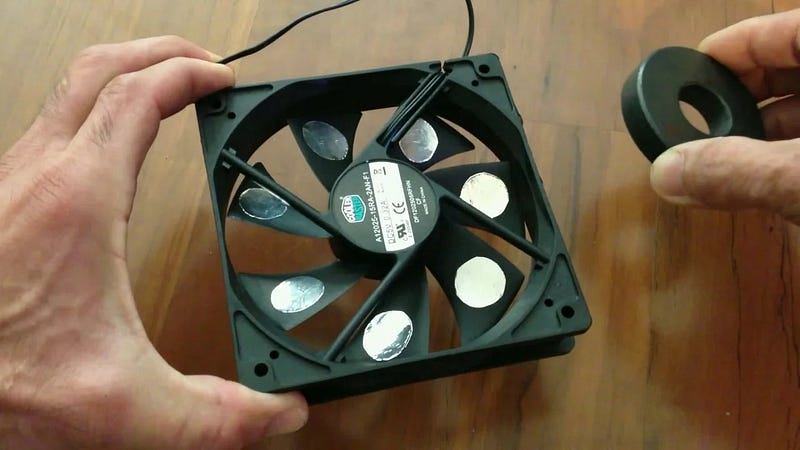
These devices may appear impressive but are merely illusions; a hidden battery typically powers the fan, and the magnet merely triggers a short circuit.
These so-called perpetual machines fall into the category of the first kind, which allegedly operate without consuming energy. They are fundamentally flawed because their operation contradicts the law of conservation of energy. Any operational perpetual motion machine would require an external energy source, similar to the hidden battery in the fan.
There are also perpetual machines of the second kind, which claim to utilize all their produced work to sustain themselves. In essence, they would achieve 100% efficiency.
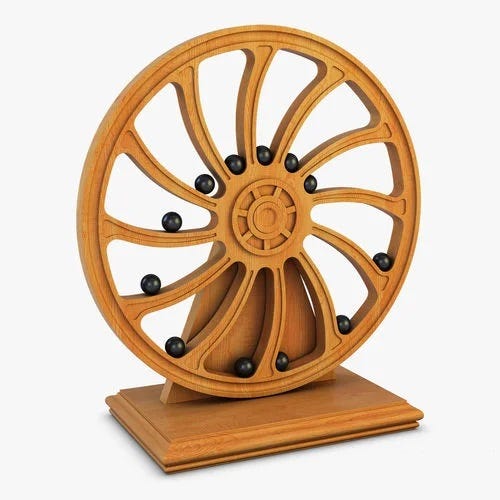
Such machines do not violate energy conservation laws but violate the second law of thermodynamics. It’s impossible to create a machine that converts all input energy into work without losses. Some energy will always be consumed in internal processes, such as friction.
In my youth, I attempted to build a perpetual motion machine where a battery powered an electric motor, which turned a generator that charged the battery. Naturally, it failed due to excessive energy loss.
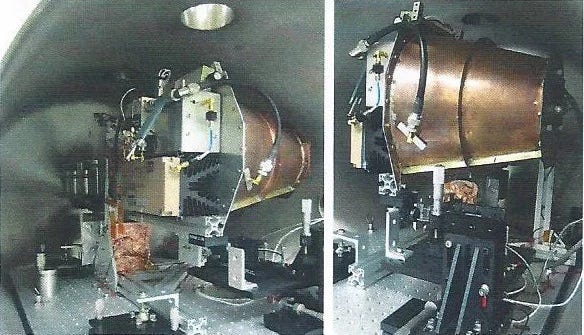
Currently, very few nations are investigating the creation of perpetual motion machines, as it is widely accepted that such devices are theoretically impossible. The focus is often on identifying where the creator has erred in their calculations.
While advancements in physics and chemistry could lead to promising energy sources in the future, such as thermonuclear fusion and vacuum energy, it is crucial to recognize that these will not be traditional perpetual motion machines; they will still rely on external energy inputs.
If you’re interested in more articles about space and related topics, feel free to subscribe to our channel and ask any questions for future discussions. If you appreciate my work, consider supporting me by becoming a member for just $5 per month, helping us create even better content.
This second video examines the feasibility of perpetual motion machines and provides insights into their impossibility.